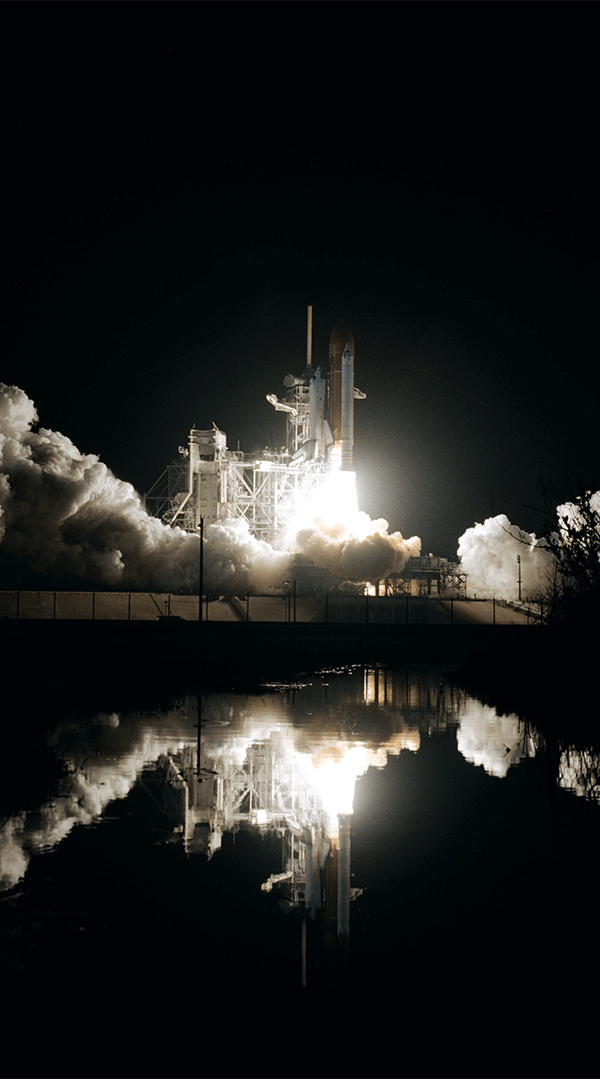Company News
Meet ALLpaQ’s Business Development Managers
At ALLpaQ, we understand that the greatest resource of any successful business is its people, and we’re excited to welcome […]
Jul 16th, 2024

“Where we’re going, we don’t need roads …,” Dr. Emmett Brown famously proclaimed in Back to the Future. Jump to present day and Dr Brown’s protestations are unfounded.

That’s because more and more new cars are rolling off global production lines. And, as they do, the inevitable need for more roads increases.
More roads means more lighting. More lighting means more electricity.
So where’s this going to come from?
What if these new cars could generate electricity by driving over tarmac embedded with energy collecting crystals? Sure, this may sound like another one of Dr Brown’s wild sci-fi deas, but what would you say upon learning this is a science FACT. The technology is indeed being used today in Tokyo and soon in Los Angeles.
This radical way to generate renewable energy is known as Piezoelectricity (also called the piezoelectric effect), and was first studied in the 1880’s by French physicists Pierre Curie and Jacques Curie. Fast forward to 2017 and the technology is found in most common applications such as:
Piezoelectric crystals generate an electric charge when compressed and now scientists believe that if these crystals were positioned on a stretch of road they could generate enough electricity to power a city with a population of 100,000.
At present though, the technology is only being utilised on a small scale. Since 2009, all the electronic displays at one of Tokyo’s numerous train stations have been powered by people walking over floor tiles which have been adapted to use piezoelectricity.
And the technology isn’t just restricted to train stations.
Startup organisation, PaveGen, has used similar technology beneath the floor of a football pitch in one of Rio de Janeiro’s favelas. The aim of this is to reduce the number of children hanging out in gangs by encouraging them to play football.
Now scientist believe the time is right to take the technology onto bigger things, in the form of piezoelectric crystals being embedded into a device the size of a coin and laid along highways in Los Angeles. Scientists not only hope that this will generate electricity but will also help reduce pollution levels within the city.
The pilot programmes will run in about 18 months time and will assess how many of the devices are needed, how deep into the concrete they need to be embedded and what the best location for them will be